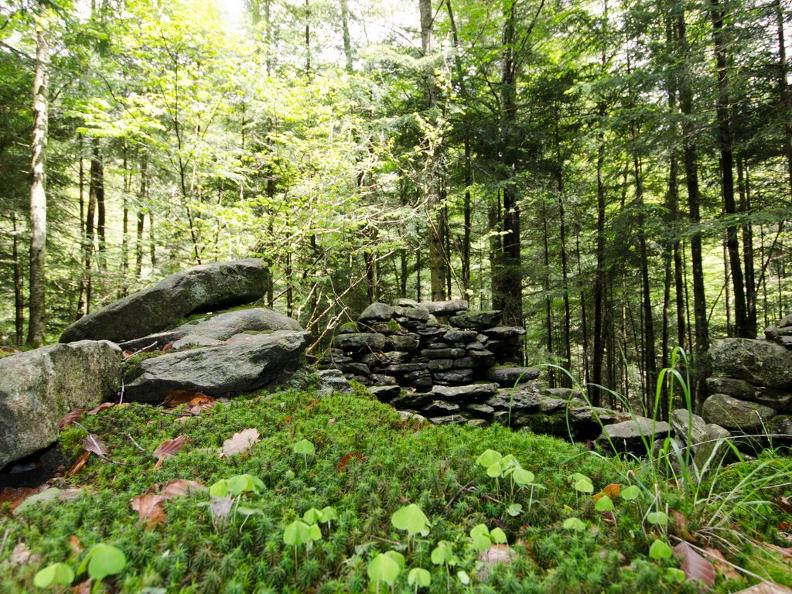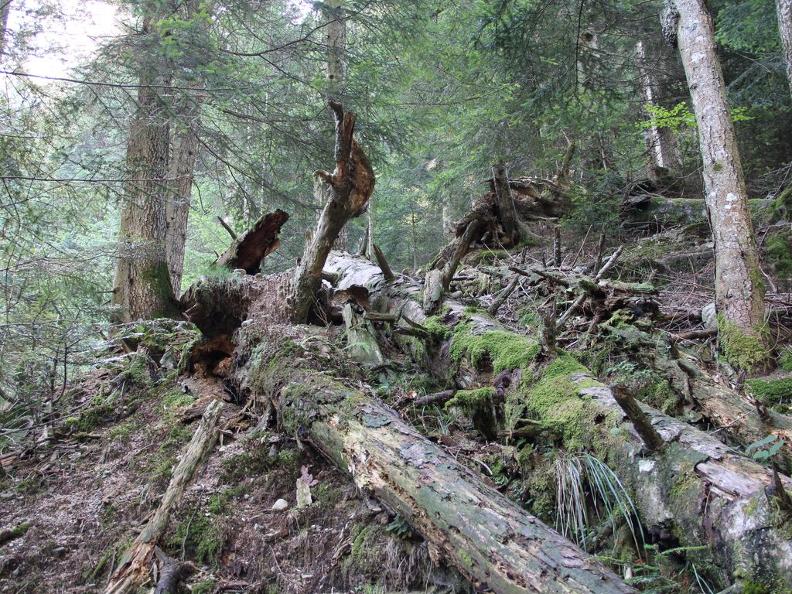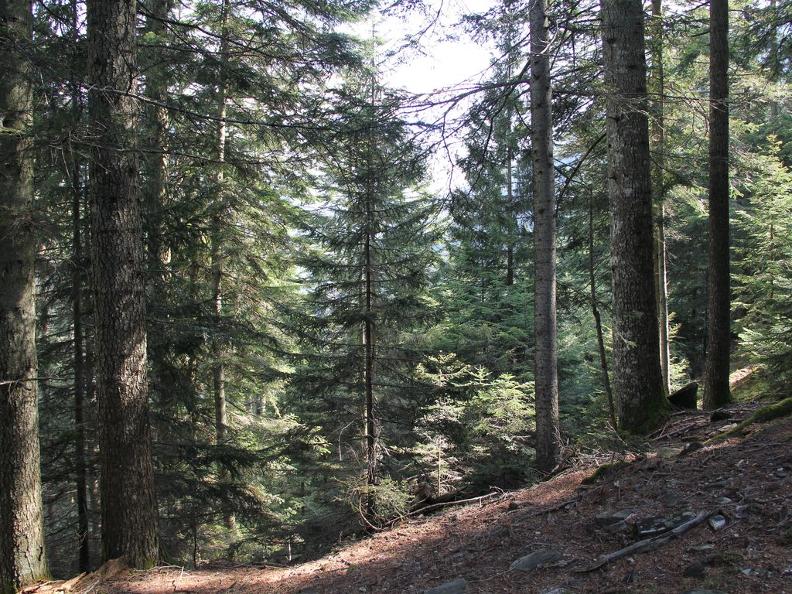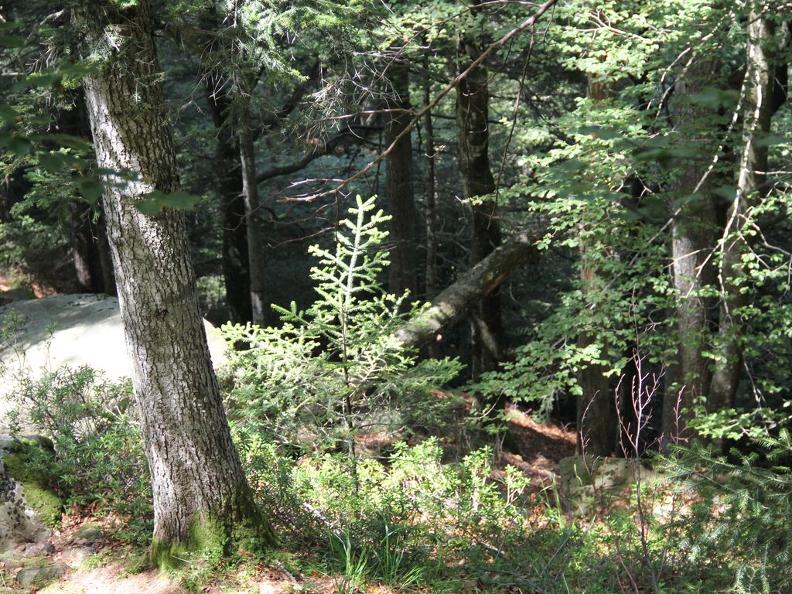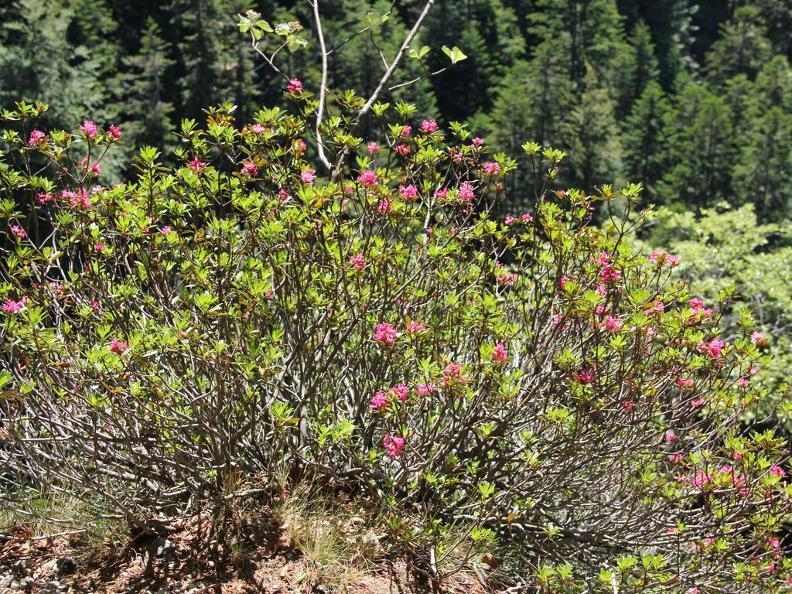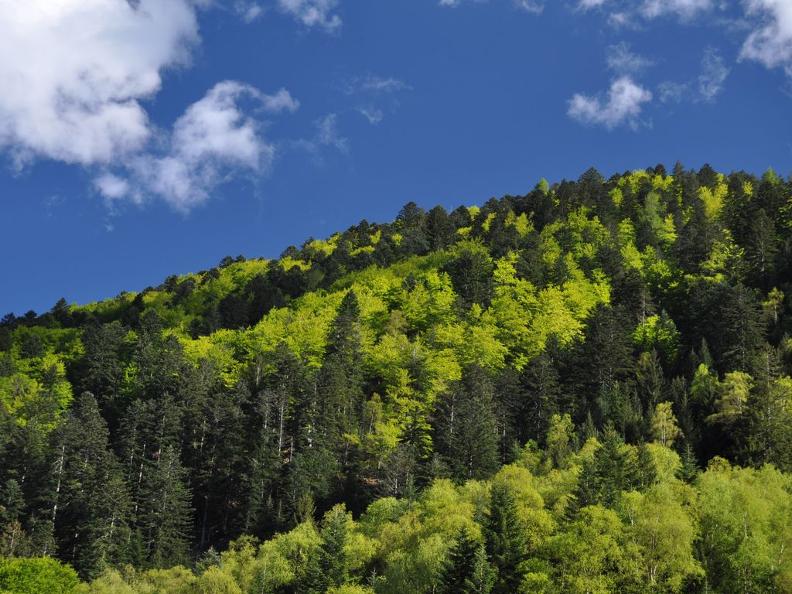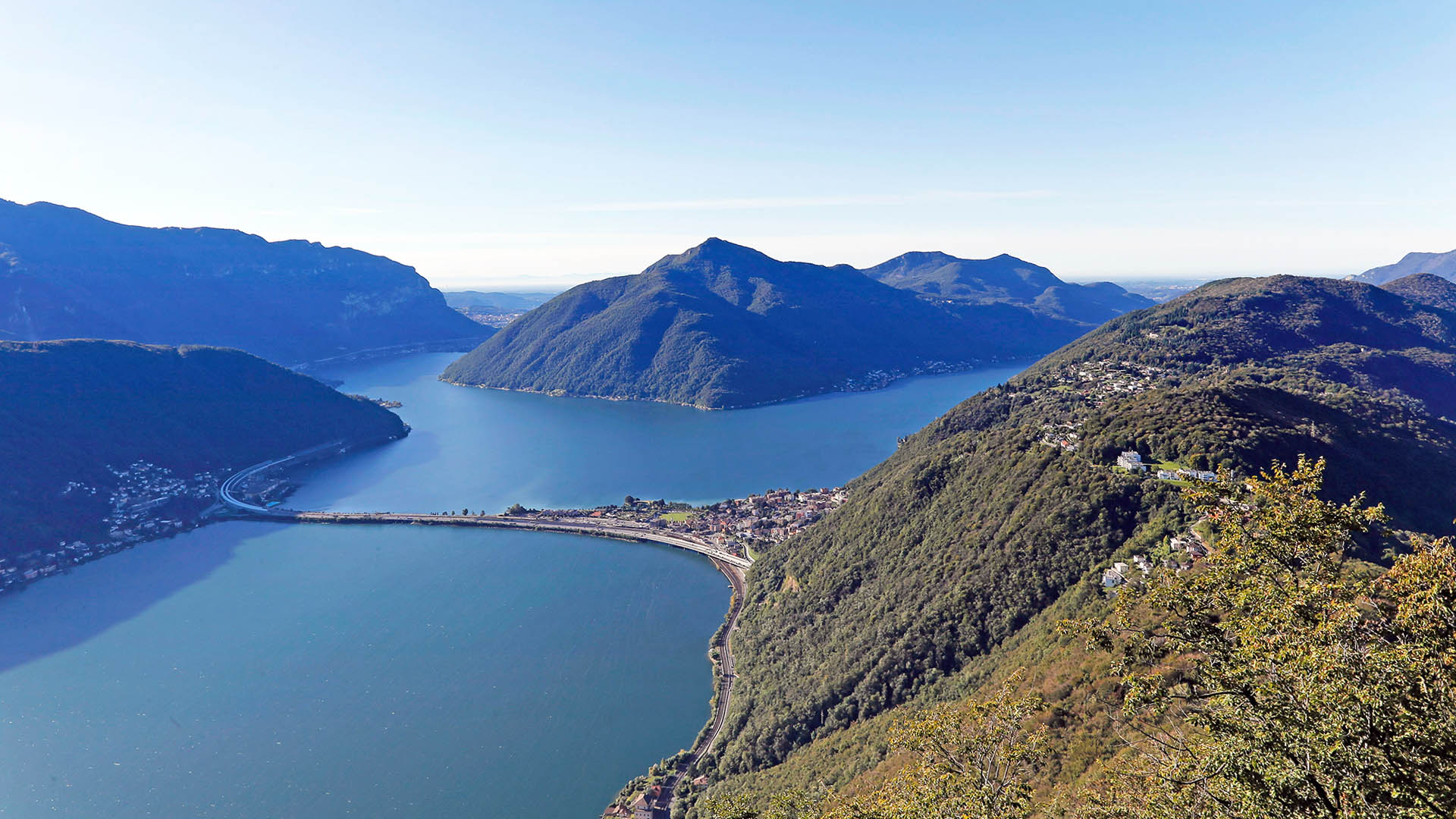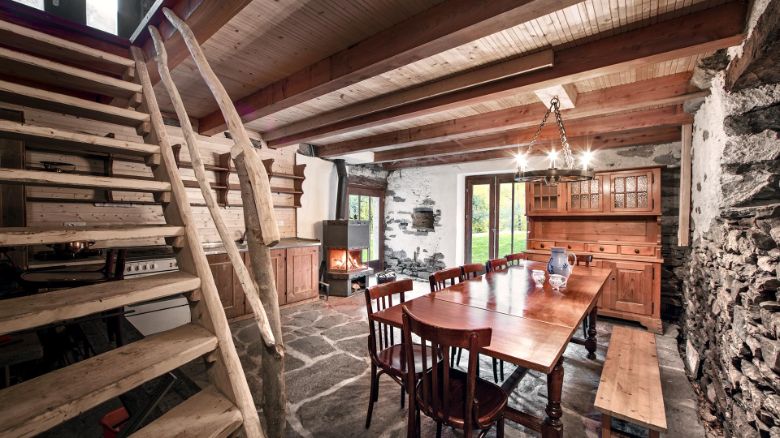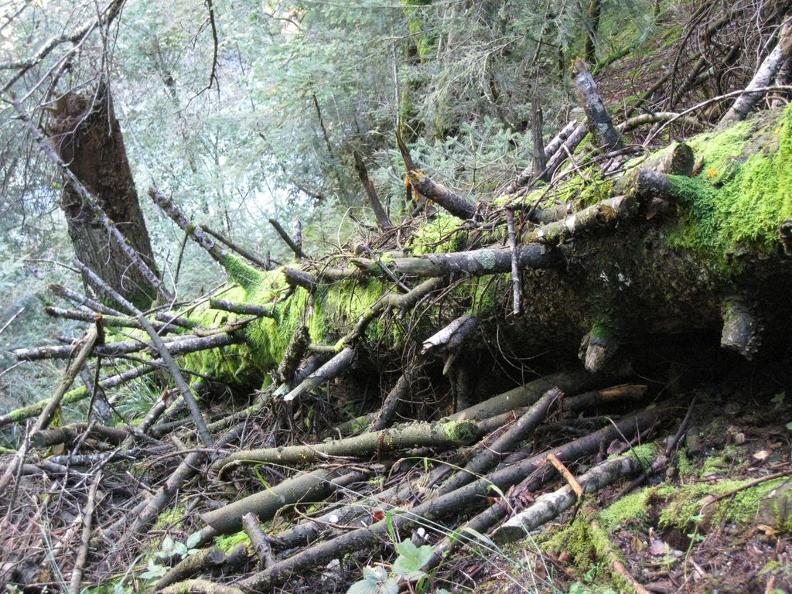
In the realm of the majestic silver fir
Below the Pizzo Ruscada, down toward the river Isorno, lies the extensive Onsernone Forest Reserve: a true natural pearl appreciated by hikers who love to rediscover the wild nature of the Ticinesi valleys. A forest left to evolve freely with naturally intertwined trees of every age, standing dead trees (snags) providing a platform for mushrooms, trunks lying on the ground, trees covered by moss and lichen.
Characterised by a central area of silver fir, often associated with beech, the lower altitudes host about fifteen species of trees which form a mixed forest of broad-leaf trees. However, larch forests grow in the higher areas, above approximately 1,500 m a.s.l. The decisive characteristic of the whole area is the absence of forestry activity which allows for the full development of flora and fauna.
The presence of old trees favours the presence of birds, sightings record about seventy species, including the black woodpecker which is often heard in the surroundings. Large red wood ant nests are also found, some reaching 1,5 metres or more. Of course, the observant visitor will see the many tracks left by wolves, weasels, martens and white hares, or hoofed animals such as chamois, roe deer and stags.
In summary:
- Area: 789 hectares
- Altitude: 640-1'760 m a.s.l.
- Main trees: Silver fir, Norway spruce, beech and larch.
- Year of establishment: 2002.
- Owners: Patriziato Generale d’Onsernone (656 hectares), Municipality of Onsernone (99 hectares), privately owned (20 hectares), Cantone Ticino (14 hectares).
Visits:
Period: May - October
- The Onsernone Forest Reserve has a network of nearly 10 km of trails. We recommend following the marked trails. Access to the Reserve is not recommend during heavy rain.
- There is a small exhibit about the Onsernone Forest Reserve at the Piazza Comologno, in the old post office next to the PostBus stop. With free access during the whole year, visitors are introduced to the reserve through information boards.
- Guided visits are available on request.
Features
- VENUES Eco-friendly
- PARKS AND GARDENS Natural parks
